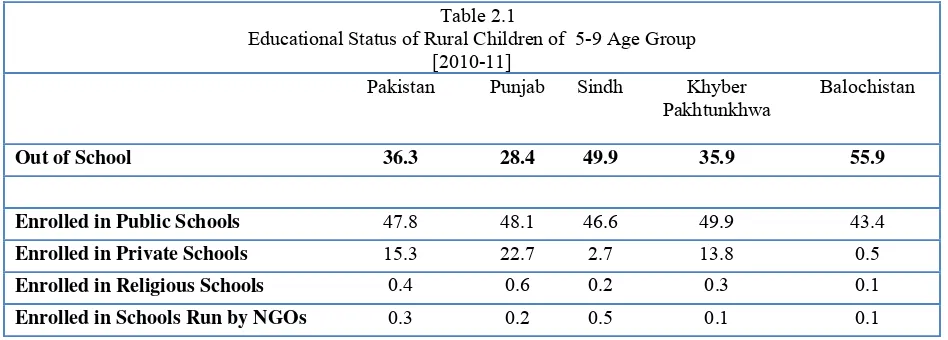School participation in rural Pakistan: A situation analysis
Full text
Figure




Related documents
Also, both diabetic groups there were a positive immunoreactivity of the photoreceptor inner segment, and this was also seen among control ani- mals treated with a
The ROSE sustainment (ROSES) study uses a sequential multiple assignment randomized (SMART) design to evaluate the effectiveness and cost-effectiveness of a stepwise approach
AGFI: Adjusted goodness of fit index; Ap: Apoplexy; AVE: Average variance extracted; CACM: China Association of Chinese Medicine; CC: Common cold; CFA: Confirmatory factor
from a technical mixture with higher degree of chlorination to a technical mixture with lower degree of chlorination over this time period, (2) early, industrial, or combustion
extreme programming (XP), agile methods put developers to work in small teams to tight budgets and short timescales. In contrast to traditional software development
This study contributes to the policy debate on economic integration and competition policy by ascertaining the levels of competition's policies,
In summary, our results indicate that chronic treatment of green tea increased reward learning compared with placebo in monetary incentive delay task and reduced total scores